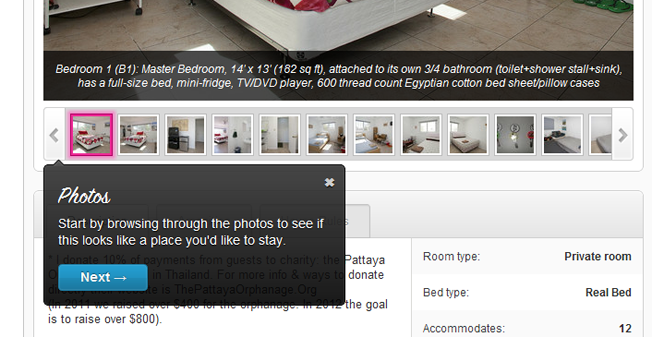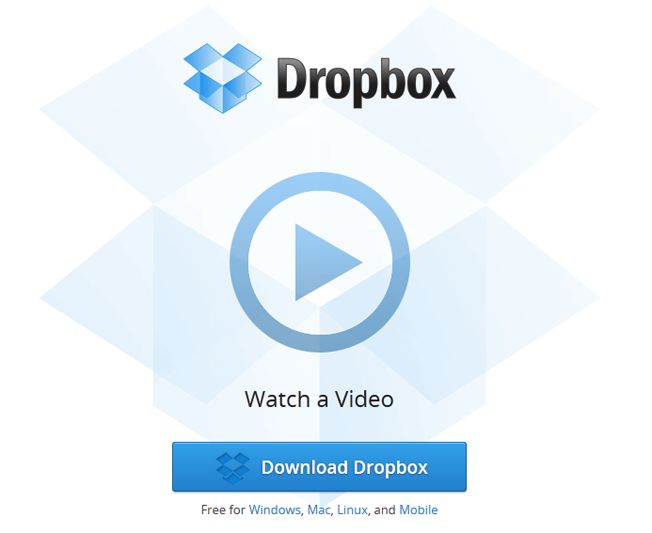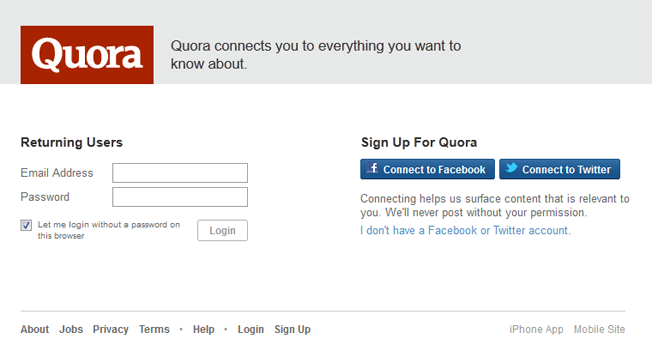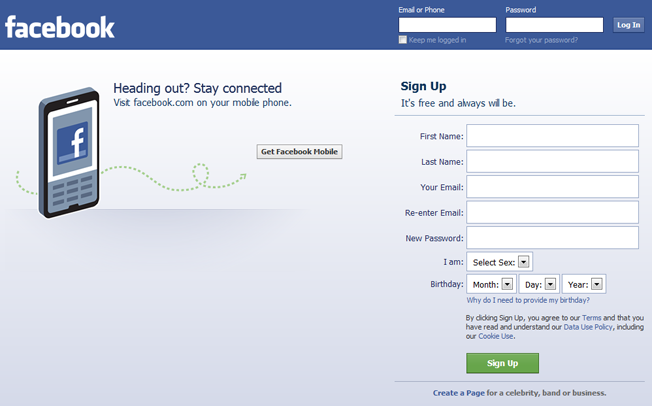Growing a business is no easy feat. Every dollar counts.
But what if we could “hack” our growth? Instead of paying $20 to acquire a new customer, we could focus on projects that continue to bring us new customers long after we’ve finished improving. Paying for the hack once and enjoying growth long after the fact sounds like a good deal to me.
Let’s get started and dive right into the first growth hack: site speed!
1. Site Speed
A slow site turns customers away. It has a direct impact on your wallet. In fact, “a 1-second delay in page response can result in a 7% reduction in conversions.”
I’ve even seen tests where a 500ms delay dropped conversions by 10%.
Most likely, your site isn’t just facing a 1-second delay; it’s probably 2-3 seconds slower than it could be. Simply by reducing the time it takes for your pages to load, you could increase conversions by 15-21%. With just one growth hack, that’s a 15% increase in your customer growth this year.
So how fast is fast?
Ideally, you want a page load time of under 2 seconds. For the vast majority of sites out there, this is a feasible load time that you can get at a reasonable cost. It’s a nice sweet spot before you have to pull out the expensive Jedi site tricks to get any faster.
2. Social Proof
Your site should OOZE social proof. Seriously, it should be everywhere. Put it on your homepage, your landing pages, your account signups, and your thank you pages. If you have a blank spot on your site and you’re not sure what to do with it, use some social proof.
See, we use the actions of others to guide us through decisions in our daily lives. Whenever we’re uncertain about which action we should take, we automatically look to those around us for guidance. If you’re at a fancy restaurant that has silverware you’ve never seen before, you’ll look at other people to see how they’re doing it.
Not only do we look to others for help, we also look to them for reassurance. When we see people taking the same action we have, it calms our fears and tells us that we’re going in the right direction.
Just by including social proof in your site, you’ll encourage people to become a customer and you’ll reassure them at each step of the process.
3. On Ramp Programs
How are new customers introduced to your business? If someone buys a product from your e-commerce store, do you treat them the same as someone that’s already purchased dozens of products from you?
And what about people that sign up for the free trials of your SaaS product? Do they get the same experience as your power users?
When someone becomes a customer for the first time, they will critique everything you do. It’s a critical juncture. Either you’ll fulfill their needs and they’ll become a loyal customer or something will be missing and you’ll lose them forever. You only have one shot to turn a new customer into a loyal fan.
There’s a couple of ways to ensure that you keep as many customers as possible.
The New User Experience (NUX)
Brand new customers have different needs that your regular customers. So if you have a SaaS product, give new customers a unique user experience that helps them start using your product.
Go ahead and give them a step-by-step process to get started, call out critical features they should be aware of, and help them navigate everything.
This is exactly what Airbnb does when you create a new account. First, you get a welcome box that offers a quick tour:

As soon as you click on the “take a tour of this page” button, you get a popup explaining one of the features of the page:

Email Drip Campaigns
Whenever someone gives you their email, you should have a series of emails that get sent to them on a predefined schedule. We call it a drip campaign because the emails consistently drip to your customers one at a time.
This is the perfect point to give your new customers valuable content that they weren’t expecting (this builds more trust) and you can also start introducing them to other products or features of your product. A popular model is to use a 3:1 ratio between valuable content and other offers. In other words, try sending three emails right after someone becomes a customer that helps them solve their problems. On the 4th email, provide an offer for another product of yours. Be sure to test different ratios with your customers to see what they get the most value from.
4. Barebones Home Pages
Many visitors won’t enter your site through the homepage. They’ll hit some random page you’ve worked your SEO magic on. Or maybe they find a page that was shared by one of their friends.
But as soon as they become even slightly interested in your offer, they’ll go straight to the home page to figure out what you’re all about. That’s when you either make the sale or they disappear forever.
For most sites, the home page is by far the most complicated page on the entire site. There are videos, hundreds of links, multiple calls to action, and a general mess of random stuff. So when visitors are making the critical decision on whether or not to bring your business into their lives, why are you making it difficult for them to make a decision? Remember, people are risk averse and their default decision is to turn away. They’re looking for an excuse to walk out the door.
It’s your job to give them a reason to stay. And a complicated home page will never help you do this.
Go bare bones on your homepage. Cut it down to the essential elements. This includes one headline to describe your value proposition and a call to action. Everything else is secondary.
Let’s go through some of the companies that have achieved unbelievable user growth rates in the last couple of years. This is how the big dogs do it:
Dropbox
There’s a video and a call to action button telling you to download the product. That’s it. No fuss or tomfoolery here:

Over the last few years, Twitter has definitely matured into a robust social media platform with plenty of features. Surely they must need a complicated home page to convey the full value of Twitter to new people? Right?
Nope, it’s as simple as it gets:

Two sentences of copy, a single photo, and sign up/sign in boxes. Nothing more.
Quora
What about Quora? Most people still don’t know what Quora is since it hasn’t quite gone mainstream. But instead of trying to say everything, they also focus on the bare essentials:

We all know that Facebook is eating the world. Well, their home page has helped them do it. I strongly encourage you to log out of Facebook (GASP! Say it ain’t so!) and take a peek at their home page. You’ll find this:

There are two lines of copy about Facebook Mobile and the entire form to create an account. Even with the briefest of glances, I know exactly what I need to do next (fill out the form). Do you want to be the next Zuck? Then start learning from the guy and chop your homepage down. Be ruthless.
Groupon
The daily deal space and dozens of knock-offs and competitors all vying for the same market space. With so much competition, Groupon had to find a way to grow just to stay alive.
And guess what, they used a bare bones home page to help them do it:

One headline, one dropdown to select your city, and one button to go to the next step. Dead simple.
5. Product Integrations
This is where the pros play. Instead of trying to build a customer base from scratch, why not piggy back off what other businesses have already done?
This is exactly what Spotify did when they launched in the US. Instead of building their user base from scratch, they were one of the first companies to integrate their product into the Facebook News Feed.
Here are some of the best platform integrations we’ve seen:
- Paypal and Ebay
- Zynga and Facebook
- Spotify and Facebook
- Airbnb and Craigslist
This may seem like a shortcut to growth but there are still plenty of challenges to overcome.
Where do you make your stand?
Each platform is different and you don’t have the time or resources to go after all of them. Maybe you decide to build your product on iOS. But Apple’s App Store is ruthlessly competitive. It can be nearly impossible to break into the Top 10 App lists.
Or maybe you go the Facebook route. But now you’ll have to deal with a developer platform that’s always in flux. Your integration works today but maybe it breaks tomorrow.
Each platform has its own quirks and formulas for success.
Can you get out?
Once you pick a platform, it can be nearly impossible to back out if it turns into a bad match.
Let’s say you were convinced 2 years ago that the Blackberry market was perfect for your product. So you blocked off several months of time for your engineering team to adapt your product to that platform. But now you’re not even sure if RIMM will survive another 6 months. And you desperately need your engineers to focus on other high-priority tasks but you’re forced to maintain a dead-end integration. How do you tell your Blackberry customers that you’ll no longer be supporting them?
This is exactly what Zynga is facing right now as demand for Facebook games wanes. A huge portion of Zynga’s growth came from Facebook but now it’s going to be very difficult to chart a new course.
6. Viral Loops
This is the holy grail of growth hacking. In fact, it’s the dream of any marketer. A viral loop means that if you start with 10 customers, they’ll bring more than 10 other customers to you. Each batch of new customers gets larger and larger as you go viral.
To be all shmancy pants about this, we say that we have a viral coefficient of more than 1.
If you have a viral coefficient of 1, that means that on average, each customer gets one more person to also become a customer. You’ve just doubled the effectiveness of every marketing campaign you’ll run.
If the viral coefficient is below 1, that means your growth will stall sooner or later without an injection of new customers from marketing.
Here’s the deal: building a legitimate viral loop that actually works is just about impossible. For it to work, you virality needs to be a fundamental part of your product. Taking an existing product and attempting to bolt on a viral loop just doesn’t work. People never go for it. Let’s go through a real example to see how this works.
Skype has an amazing viral loop that’s built into the fabric of its product. Once you’ve started to use the product, you’ll encourage friends and family to join you so everyone can easily keep in touch. As they start Skyping with you, they’ll encourage people in their network to also use it. Before long, Skype gets bought by Microsoft for $8.56 billion.
Other products that have virality built into the product include:
- Ebay
- Craigslist
- Dropbox (shared folders)
- Paypal
- Youtube
- Groupon
When a product produces a viral loop, ridiculous growth is possible. Here’s the bad news: your business probably doesn’t have a viral loop. And if you try to force one onto your customers, you’ll probably just annoy them and turn prospects away. Some products are ideal for sharing, others aren’t.
Now, that’s not to say you shouldn’t increase your viral coefficient. Using refer-a-friend campaigns and making your product shareable could increase your viral coefficient from 0.2 to 0.6. Will you have a viral loop? No. But your marketing will be WAY more profitable.
